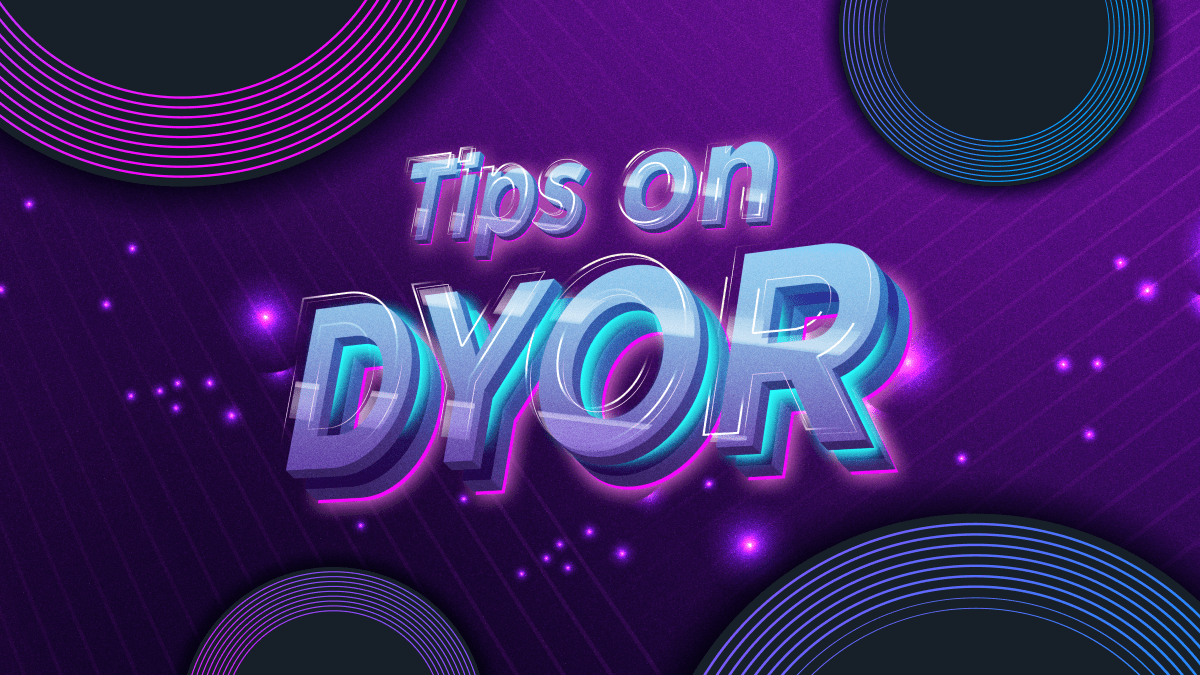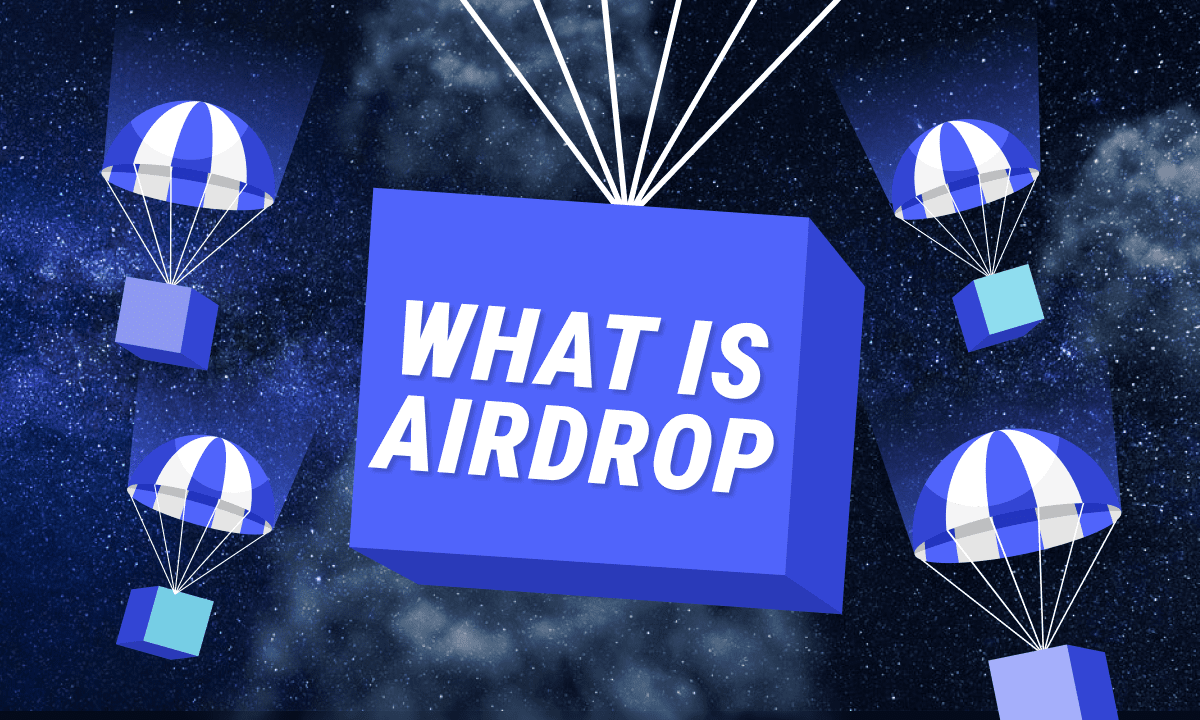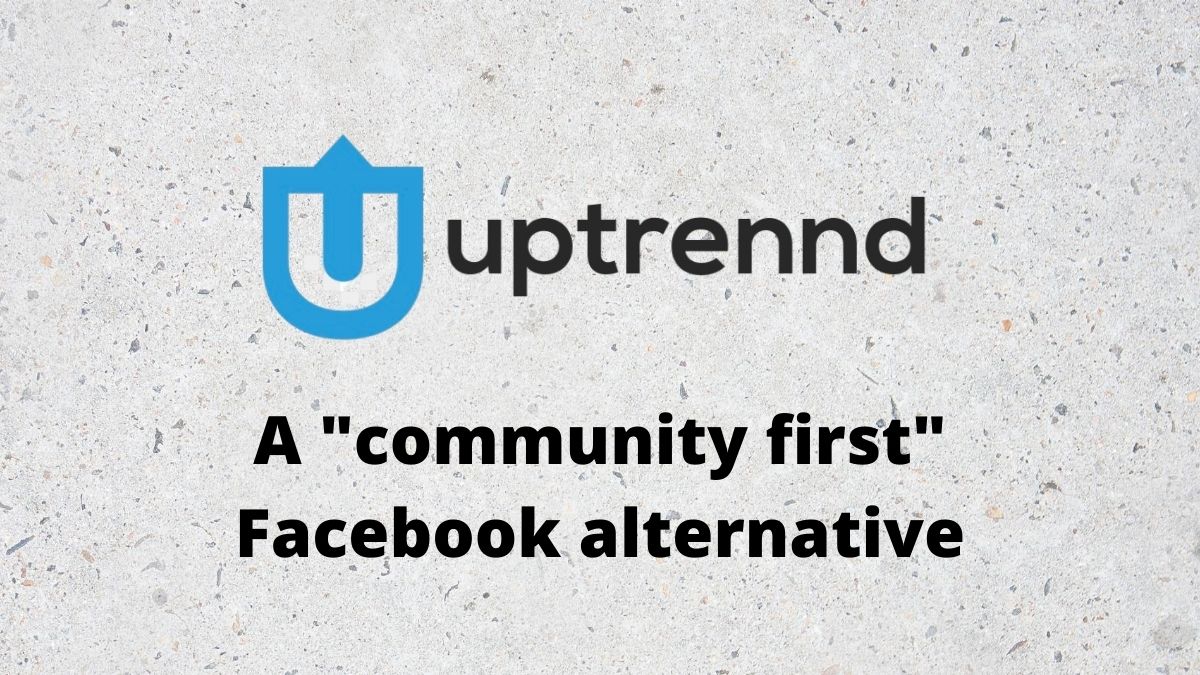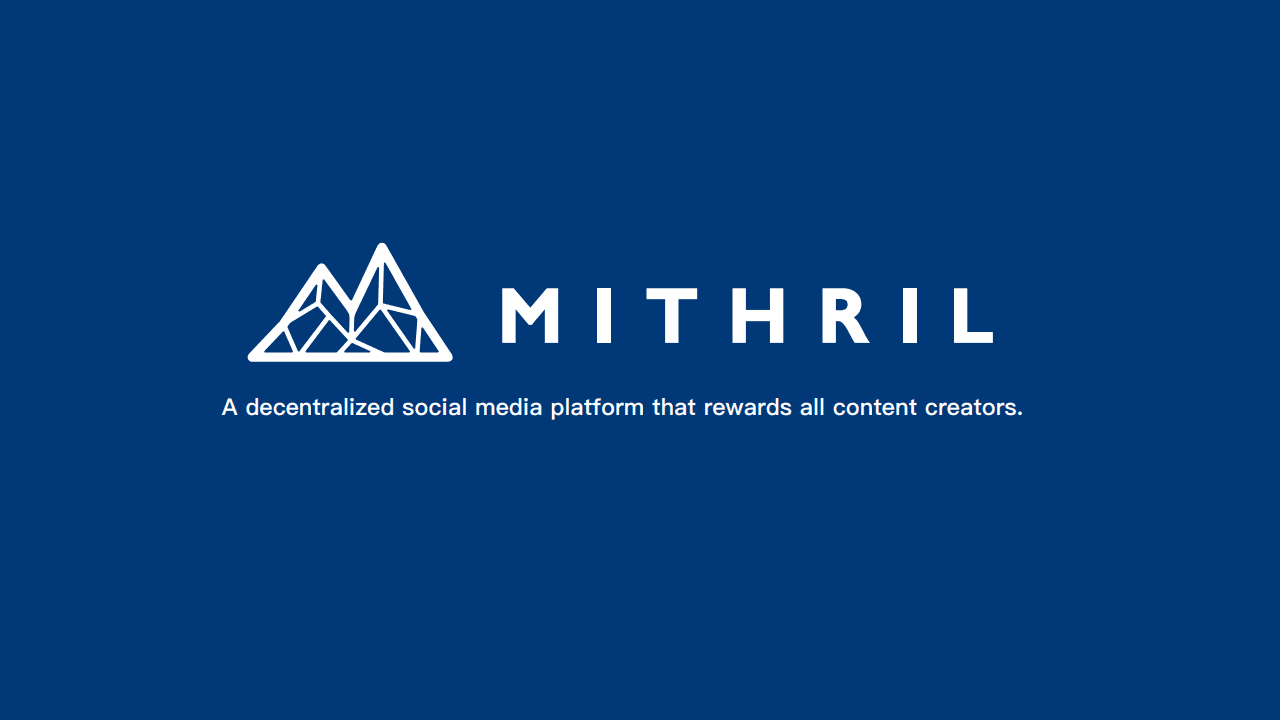Privi Protocol is the new metaverse for content creators. It is a blockchain-based complete ecosystem that brings together decentralized social and finance to benefit the creator economy as a whole. A few features of the Privi metaverse are:
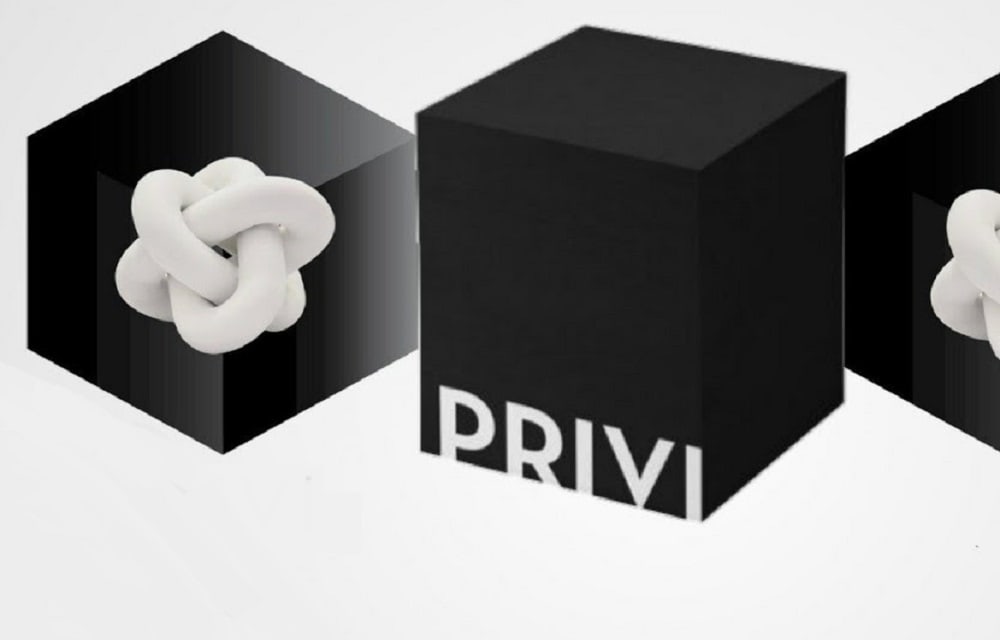
What is Privi?
In simple words, Privi is a crypto ecosystem built especially keeping in mind the creator community.
The creator community is the backbone of any social media (Instagram, Facebook, YouTube). However, while they slack, their creations help others to fill their pockets.
And, it’s not just filling their pockets, these hugely popular platforms take full control of the creations as well. For instance, YouTube recently updated its policy to place ads in between videos. This is done without the consent of the creators and 100% of the profit made from these ads goes to YouTube.
Privi, as a decentralized blockchain system doesn’t allow this. Your content will work for you and not some middlemen. You will have full rights and control over what you create.
Indeed, with Privi, creators will have more control over their creations and can also make money from all the hard work they put in to create content.
Privi decentralizes social and finances by riding on blockchain technology. And, by pairing this decentralized social and finance together, Privi gives back control of content to its creators, while also benefitting them and their followers financially, which should be the case anyway.
Creators can create their own social communities where they will not only be able to directly connect with their fans and followers, without any middlemen milking them, they will also be able to mint their NFTs and social tokens.
How Does Privi Work?
To understand how Privi works, take this example:
Suppose you are a content creator and you build your own community of followers on Privi. Your followers would all hold a social token that is unique to you to get entry into your community. This way they have direct access to your creations and you can directly interact with them.
Now, suppose you release new content. Only the followers who hold a certain number of your unique social tokens can access the video. If the video does well, it is not just you who gains but also the followers who have access to the video.
It directly benefits the creator community because they have full control over their creations and also benefit directly from them. The followers benefit as well because they too have direct access to the creations without any disruptions or interferences.
How can content creators benefit from Privi? You can build your own customizable DAO community networks on Privi, and you can monetize your content creation efforts with the help of tools like DeFi, social tokens, and NFTs. Apart from these financially profitable tools, Privi also offers a 3D immersive experience, DAOs, and more in its metaverse.
You already know what social tokens are and how they profit content creators as well as their followers in the blockchain universe. Now let us find out what the other tools are that can profit you as a content creator on Privi.

How does Privi use NFTs?
Suppose you have an idea for a new content for which you need funding. You can create digital NFT pods on Privi and invite investors. All your work will be recorded on the NFT pod, which will increase in value. It benefits both the content creator and their community of followers.
For example, suppose you are a singer song-writer. You need funding for your next venture. So, you go ahead and create a digital NFT pod for the same with the contract that the investors will have unique access to the songs you create. The followers who purchase the token for the NFT pod are the owners and they can hold the digital pod for returns or trade them. You get your funding and the owners of the NFT tokens get returns too. A win-win situation for both creators and their followers.
How can you utilize DeFi for monetizing your content?
Suppose you are a new content creator on Privi who doesn’t have enough followers yet to fund your content with social tokens and NFT. What you can do is create a smart contract with the help of a DeFi tool to help fund your content initiatives. The investors who accept the contract will receive returns that are promised in the contract. This transparency and lack of middlemen interference are what makes DeFi such a lucrative way of financing content creation on Privi.
Privi – Safeguard Your Content
There is more to Privi than what is given here. The above-mentioned points are just an overview of how Privi can revolutionize the content creator’s community and give back control of their creations to them.
Privi supports cross-chain communication and the future plan is to integrate many more blockchains.
Privi is already integrated with ethereum blockchain, which allows instant exchange of internal and popular tokens through atomic swap. It also plans to be secured under the shared security model and become a para chain on the relay chain of Polkadot. The platform also aims to connect with bitcoin to allow easy BTC transactions in and out of the Privi network.

What are Privi Tokens?
Privi tokens are your tickets for entering the Privi metaverse and start joining communities, creating content, and monetize your efforts.
The Privi token utilities are as follows:
- Covers transaction fees of free to 4%
- Are stakes for consuming content and also for earning interest
- Dictates priority for verifying profiles, pods, and communities
- When staked, accompanies voting rights within the decentralized network
However, this is not all, there is more on the way. Privi aims to launch the following soon:
- The Privi Data Coin (pDATA) – It is a data asset class that are exclusive to advertisers on the network. They can not only buy and sell these tokens but also transfer to other users for conversions and impressions. You can think of it as a ‘funnelling’ system that will help content creators on the platform to grab eyeballs, attract more conversions and clicks, and in turn they themselves will receive pDATA in their wallets.
- Insurance – As a content creator you can choose to also insure your creations on the platform. There will be decentralized insurance pools with both anonymous and known underwriters. The insurance pool will come complete with a native Privi Insurance Coin (pINS) and a digital claims court.
The Privi tokens are up for presales too, if you are interested. The public launchpad according to the release and vesting plan from TGE is unlocked and the presale and public sale allocation is 32%, the valuation of which is $300,000.
Conclusion
If you are a content creator tired of fighting the industry leading middlemen who ride on your hard-work to make millions, Privi is your best bet to take the control back. Blockchain is the future and Privi exclusively utilizes the technology to enhance the creator community. Now content creators can connect directly with followers and make money that profits them and their followers most.
Disclaimer: Cryptocurrency trading involves significant risks and may result in the loss of your capital. You should carefully consider whether trading cryptocurrencies is right for you in light of your financial condition and ability to bear financial risks. Cryptocurrency prices are highly volatile and can fluctuate widely in a short period of time. As such, trading cryptocurrencies may not be suitable for everyone. Additionally, storing cryptocurrencies on a centralized exchange carries inherent risks, including the potential for loss due to hacking, exchange collapse, or other security breaches. We strongly advise that you seek independent professional advice before engaging in any cryptocurrency trading activities and carefully consider the security measures in place when choosing or storing your cryptocurrencies on a cryptocurrency exchange.
